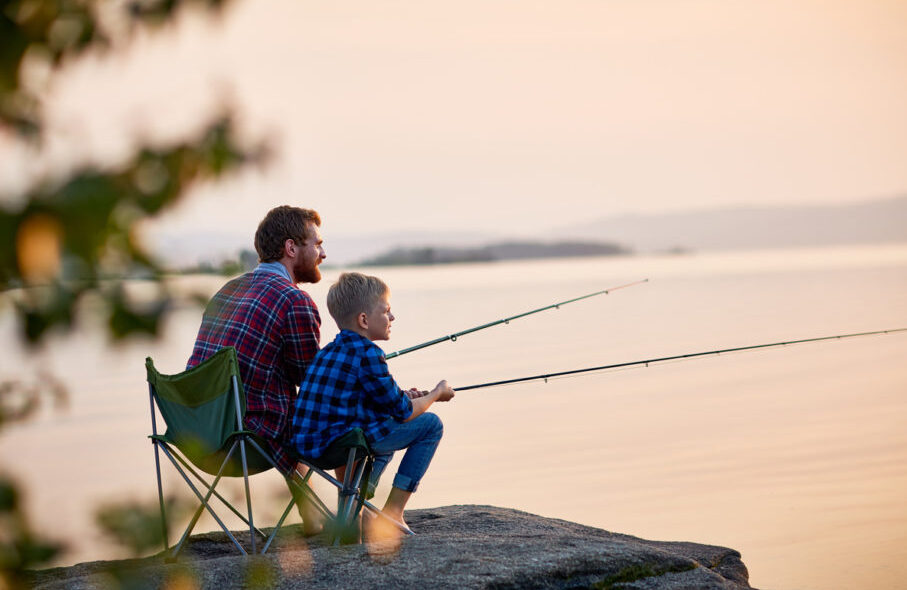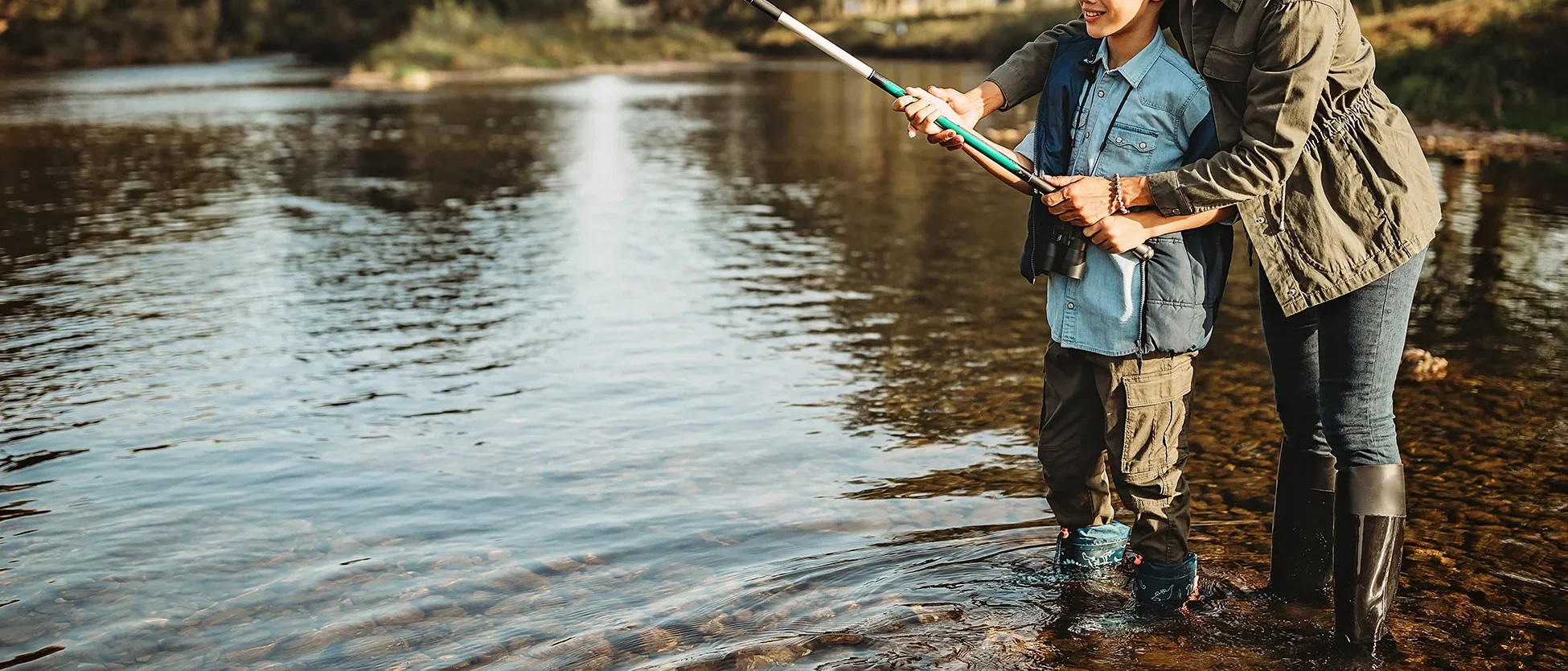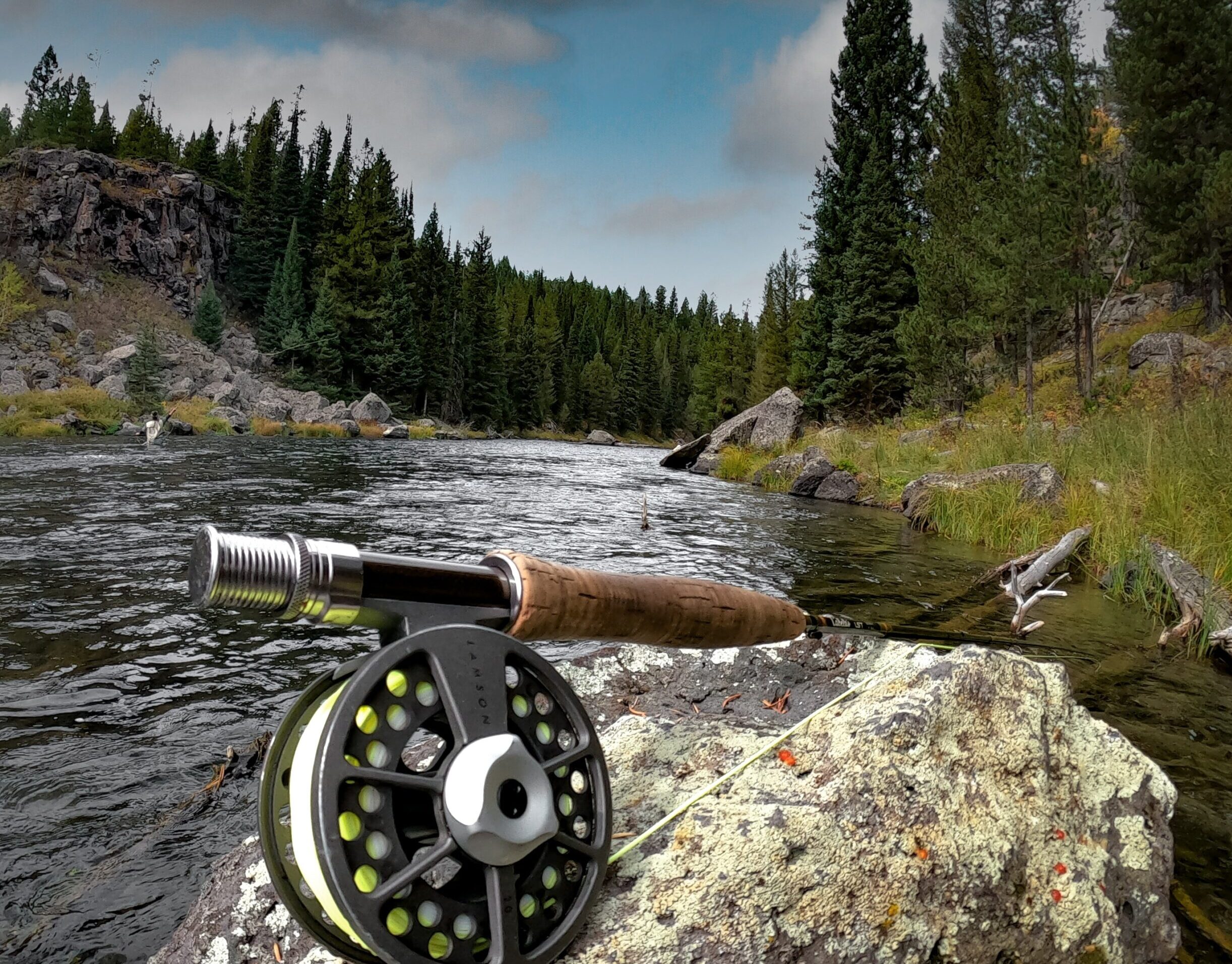Teaching kids how to fish can have numerous benefits, including encouraging outdoor activity and appreciation for nature. Fishing provides an opportunity for children to spend time outside, breathe fresh air, and connect with the natural world. Whether it’s by respecting the fish they catch or simply enjoying the scenery, fishing can foster a sense of appreciation and respect for nature and the environment. Additionally, fishing can be a fun and engaging way for families to spend time together and create lasting memories.
Learning how to fish can also help children develop important life skills such as patience and persistence. Waiting for a bite, sometimes for hours, teaches kids that being patient and not quitting is key to achieving their goals. Learning perseverance is not always innate in children, but fishing can provide a practical way to develop this trait. As children practice fishing, they can also develop their problem-solving skills and learn to adapt to changing conditions. These skills can be applied to other areas of their lives as they grow and mature.
Finally, teaching kids how to fish can provide an opportunity to learn about ecology and conservation. Fishing can help children understand the importance of maintaining healthy ecosystems and the role that humans play in that process. By learning about fish anatomy and behavior, children can gain a deeper appreciation for the complexity and diversity of life on earth. Additionally, fishing can provide an opportunity to teach children about responsible practices such as catch and release, which can help protect fish populations and maintain healthy ecosystems. Overall, teaching kids how to fish can provide numerous benefits that extend beyond just catching fish.
Choosing the right gear and equipment for kids
Teaching kids how to fish can be a rewarding experience for both parents and children. However, it’s essential to choose the right gear and equipment to ensure a successful and enjoyable fishing trip. When selecting a fishing rod and reel, it’s crucial to consider the child’s size and strength. Look for a rod that’s lightweight and easy for the child to handle. A spincast fishing rod and reel combo is an excellent choice for beginners, as it’s easy to use and comes pre-spooled with 6-pound-test line. Additionally, choose a reel that balances well with the rod and has quality components that will hold up over time.

Choosing the right bait and lures is also essential for teaching kids how to fish. There are many different types of lures and baits available, such as spinners, plugs, worms, and flies. It’s essential to choose a variety that’s appropriate for the type of fish you’re targeting and the child’s skill level. Letting the child choose their own lures can also be a fun and engaging way to get them involved in the fishing experience. However, it’s important to remember that patience is key when teaching kids how to fish. Be supportive and teach them about the different techniques, such as watching their line to see a strike.
Safety should always be a top priority when teaching kids how to fish. Before heading out on the water, make sure the child understands the basic concepts of fishing and knows how to handle the equipment safely. Teach them about the different types of fish and how to study the river or lake to stay safe and preserve energy. Additionally, it’s essential to ensure that everyone wears a life jacket and follows proper casting techniques to avoid injury. With the right gear, patience, and safety precautions, teaching kids how to fish can be a fun and rewarding experience for the whole family.
Teaching kids basic fishing techniques
Teaching kids how to fish can be a fun and rewarding experience for both the child and the adult. The first step in teaching kids basic fishing techniques is to start with an appropriate size rod and reel. Spinning or spincasting gear is recommended, as it is easier for kids to handle. Once the gear is set up, teach kids how to cast and retrieve. Shoulder-checking to ensure no one is in harm’s way, bringing the rod back above the waist, and swinging the rod forward while flicking the wrist and releasing are all important steps to casting. Practicing casting on land, such as in a park, is a great way to build confidence and skill before heading to the water.
The next step in teaching kids how to fish is setting the hook. Demonstrate how to set the hook by pulling up on the rod with one sharp motion to force the hook into the fish’s mouth. It’s important to emphasize that setting the hook takes practice and patience. Once a fish is hooked, teach kids how to reel it in. This involves keeping the rod tip up and reeling in the line while keeping tension on the fish.
The final step in teaching kids how to fish is landing and releasing the fish. It’s important to handle the fish gently and with care. Using a landing net or cradling the fish gently with one hand beneath the belly near the water surface is recommended. Teach kids how to remove the hook from the fish’s mouth using pliers or a hook remover, and then release the fish back into the water. By teaching kids basic fishing techniques, they can develop a lifelong love for the sport and an appreciation for nature.
Planning a successful fishing trip with kids
Teaching kids how to fish can be a fun and rewarding experience for both the child and the adult. However, planning a successful fishing trip with kids requires careful consideration of several factors. First and foremost, it is important to choose the right location and time for the fishing trip. When selecting a location, consider the safety of the area, the presence of fish, and the accessibility of the location for children. Additionally, choosing a time when the fish are most active, such as early morning or late afternoon, can increase the chances of a successful fishing trip. Starting the fishing lesson at home, even days prior to the trip, by visiting a local tackle store with the child, can also help build excitement and increase the child’s understanding of the activity.
Another crucial aspect of planning a successful fishing trip with kids is preparing for weather conditions. It is important to be prepared for sudden changes in weather and to have appropriate clothing and gear, such as rain jackets, hats, and sunscreen. Bringing snacks and other necessities, such as drinks and bug repellent, is also important to ensure that the child remains comfortable and engaged throughout the trip. Additionally, taking breaks and slowly increasing the length of future trips can help prevent the child from getting bored or overwhelmed.
Lastly, keeping the fishing equipment simple and prioritizing safety is key when teaching kids how to fish. Practicing the basics, such as casting and reeling, on terra firma can help build the child’s confidence and understanding of the activity. It is also important to supervise the child at all times and to prioritize safety by choosing simple equipment and avoiding dangerous currents or obstacles. By following these tips and carefully planning the fishing trip, teaching kids how to fish can be a fun and memorable experience that instills a lifelong love of the activity.
Making the most of the fishing experience with kids
Teaching kids how to fish is an excellent way to encourage fun and exploration while fostering important life skills. Fishing with kids can be a great family activity that provides an opportunity to spend time together outdoors in a relaxed and pressure-free environment.

Encouraging children to participate in the process of fishing, such as casting, reeling, and handling the fish properly, can help them develop confidence and patience while also giving them a sense of accomplishment. Additionally, setting up a treasure hunt or creating a fun challenge can make the experience more interactive and enjoyable for kids. Providing a positive and supportive environment can help children develop a lifelong love of fishing and the outdoors.
Teaching kids to respect the environment is an essential aspect of fishing. Parents can instill a love of the natural world in their children by encouraging them to observe and appreciate their surroundings. By setting small goals, such as observing wildlife or identifying local trees and fish species, children can learn to pay attention to their environment and develop a deeper appreciation for nature. Teaching children about the importance of conservation and the impact of human activity on the environment can also help foster a sense of responsibility and respect for nature.
Finally, fishing can provide children with a valuable life lesson in perseverance and adaptation. Fishing can present various challenges, such as weather conditions and bait choice, that require children to adapt and problem-solve. These challenges can help children develop important life skills such as patience, determination, and resilience. By instilling a lifelong love of fishing in children, parents can provide them with a fun and rewarding activity that can help them develop important life skills and a deeper appreciation for the natural world.


